
AeroGenie — Your Intelligent Copilot.
Trending
Categories
StandardAero Expands CFM56-7B Engine Services with Exchange Solutions

StandardAero Expands CFM56-7B Engine Services with Exchange Solutions
StandardAero, Inc. (NYSE: SARO), a prominent player in the aerospace sector, has announced an expansion of its service portfolio for the CFM International CFM56-7B engine to include exchange engine solutions. This new offering is aimed at Boeing 737NG operators, providing a flexible option that allows customers to receive a serviceable CFM56-7B turbofan engine in exchange for an unserviceable unit. The initiative is designed to reduce aircraft downtime by delivering rapid and responsive engine support.
Enhancing Service Flexibility and Responsiveness
The exchange program leverages StandardAero’s extensive experience in providing similar solutions across various engine platforms. A recent example of the program’s effectiveness is the company’s collaboration with India’s Stellar Aviation Solutions Pvt. Ltd., where a warrantied CFM56-7B26/3 engine was supplied within six weeks. This swift turnaround enabled Stellar Aviation to promptly return a Boeing aircraft to service for urgent cargo operations, demonstrating the practical benefits of the exchange solution.
Guillaume Limouzy, Airline Sales Director for StandardAero’s Airlines & Fleet business unit, emphasized the company’s commitment to quality and customer service. He noted that by working closely with in-house asset management specialists and utilizing the CFM56-7B MRO facilities in Dallas and Winnipeg, StandardAero is able to deliver responsive engine solutions that meet rigorous quality standards.
Market Context and Industry Challenges
The market has responded positively to StandardAero’s expanded services, with operators such as SpiceJet successfully integrating overhauled engines from the company, highlighting the importance of timely and reliable engine support. However, the aerospace sector continues to face significant challenges, particularly in supply chain management. These complexities may affect parts availability and service timelines, potentially impacting the efficiency of engine exchanges.
The competitive environment is also evolving, especially as North American business aviation engine MRO spending is expected to remain substantial. Other maintenance, repair, and overhaul providers may enhance their own engine service offerings or introduce similar exchange programs to maintain or grow their market share.
StandardAero’s expansion of its CFM56-7B services underscores its dedication to customer responsiveness and adaptability in a dynamic market. While the company’s proven track record and recent successes provide a strong foundation, ongoing supply chain issues and competitive pressures will be critical factors influencing the program’s future development.
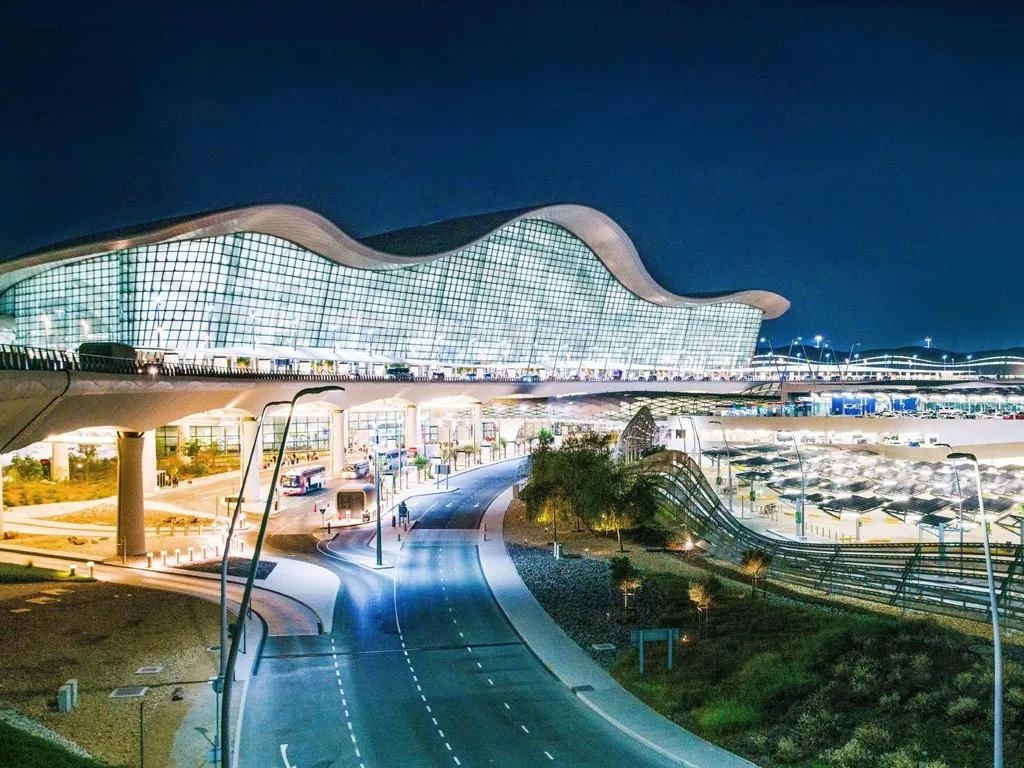
UAE Airports Adopt AI to Manage Rising Passenger Traffic

Spain’s Leading Airlines and Hotels Use Google Flights AI to Enhance Holiday Offers
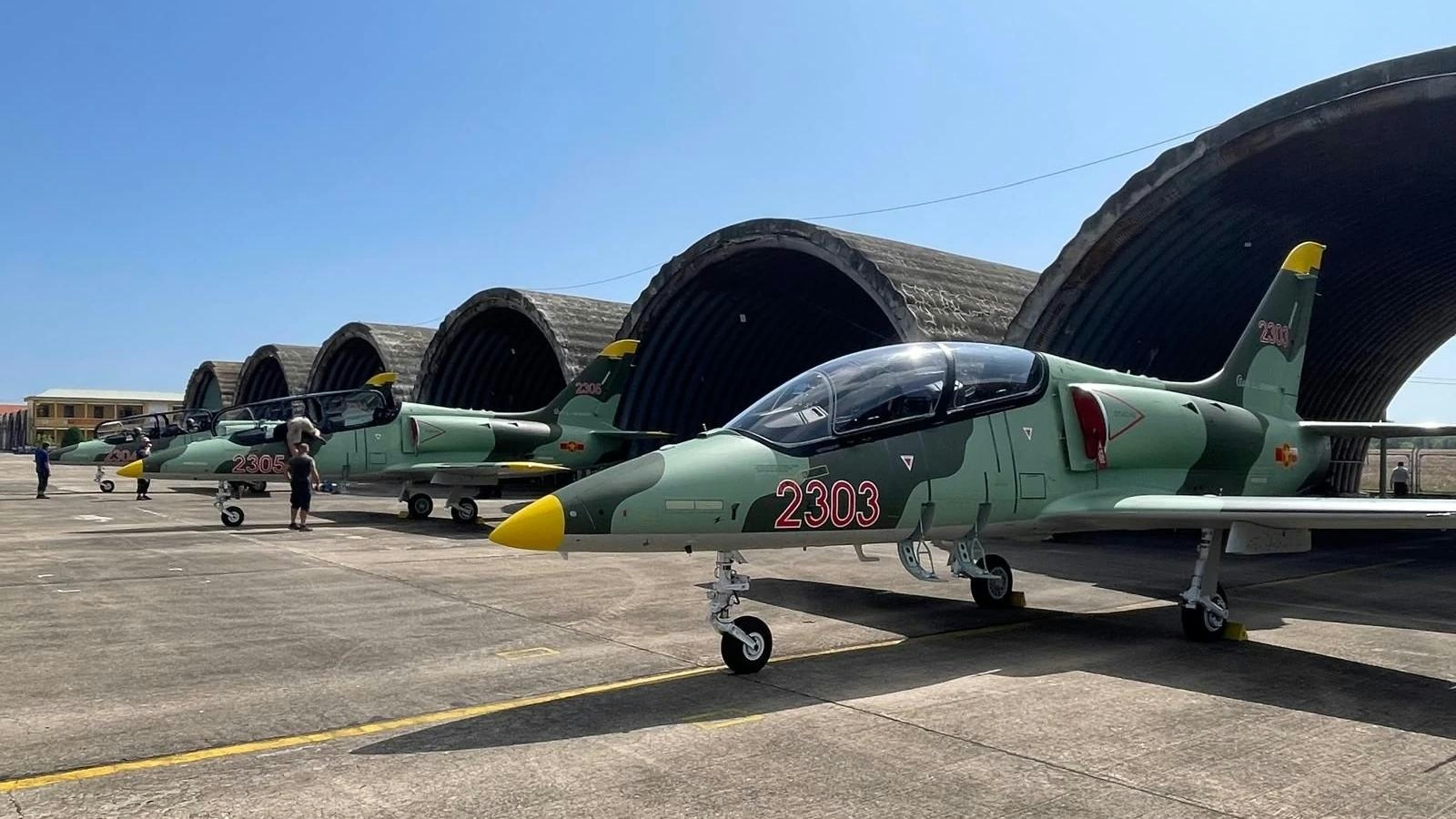
Vietnam Grounds 28 Aircraft Amid Global Engine Shortage
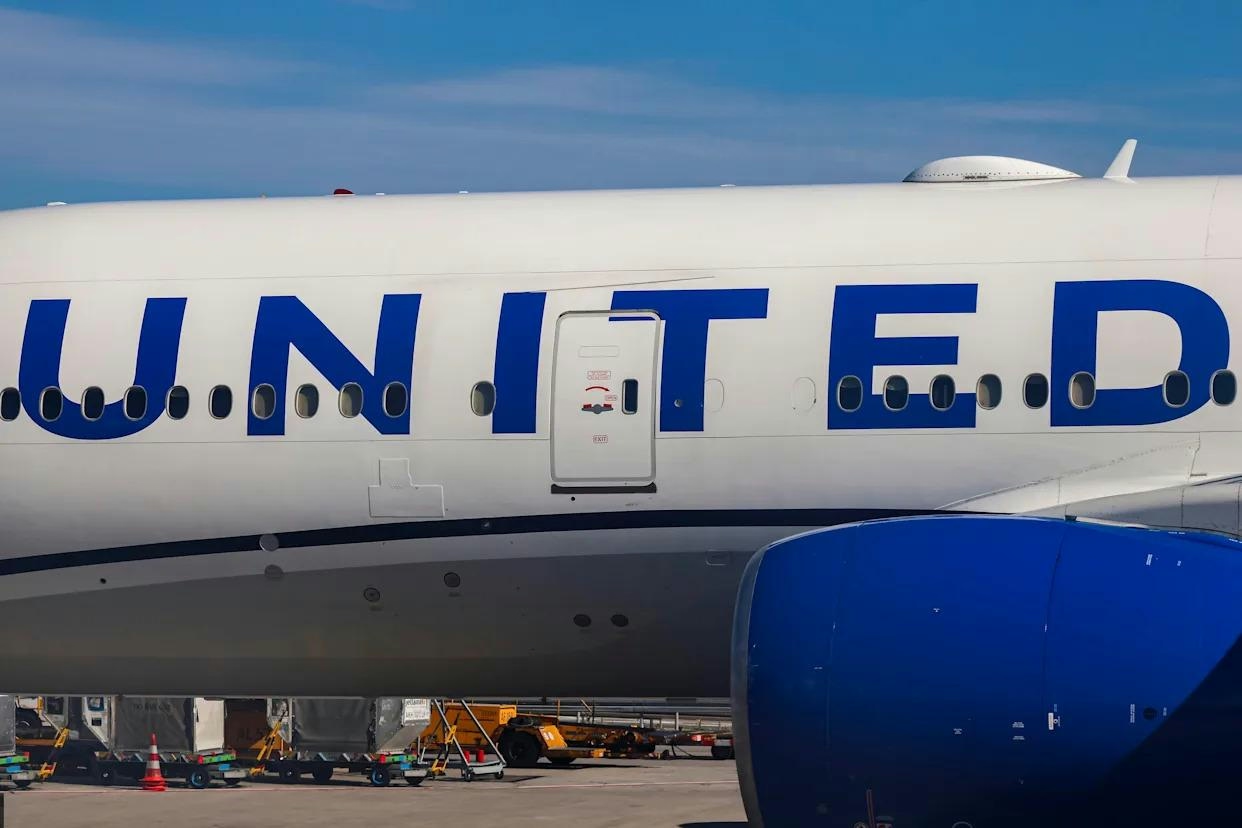
United Airlines Flight Returns to Dulles After Engine Failure on Takeoff
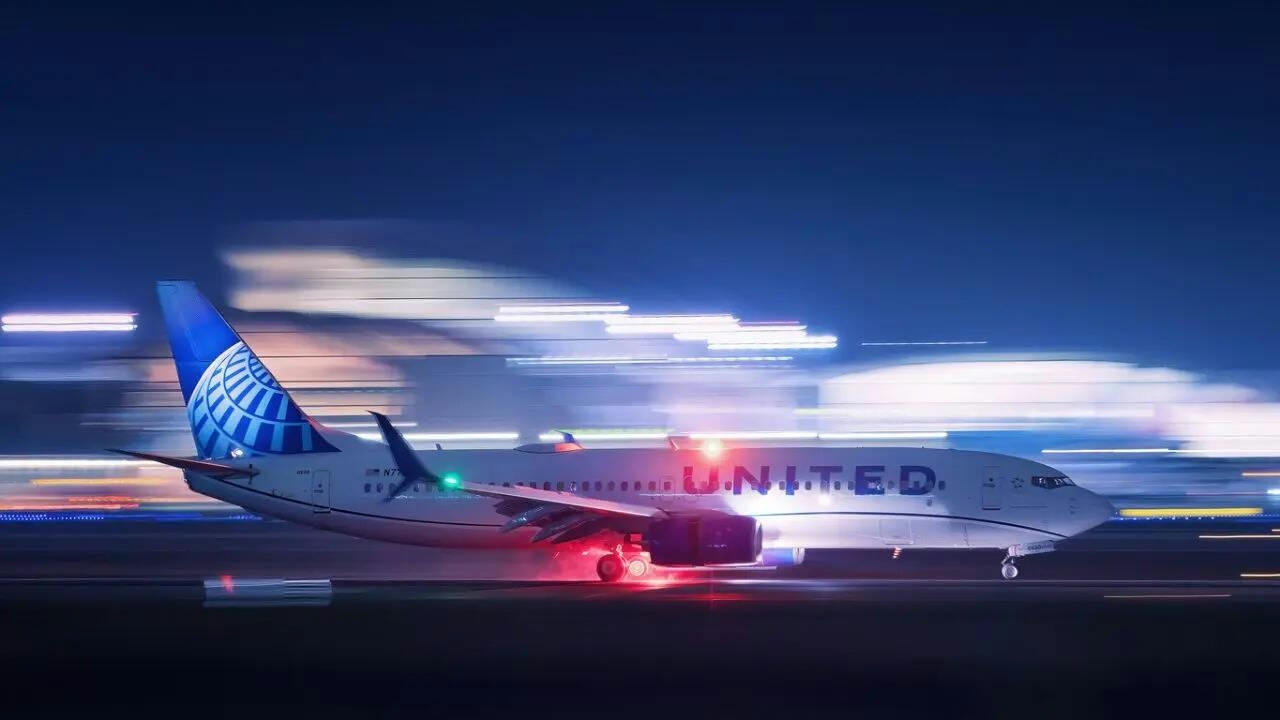
United Airlines flight makes emergency landing at Dulles after engine failure

The Impact of the New Air Force One’s Delayed 2028 Arrival on Aviation and Travel
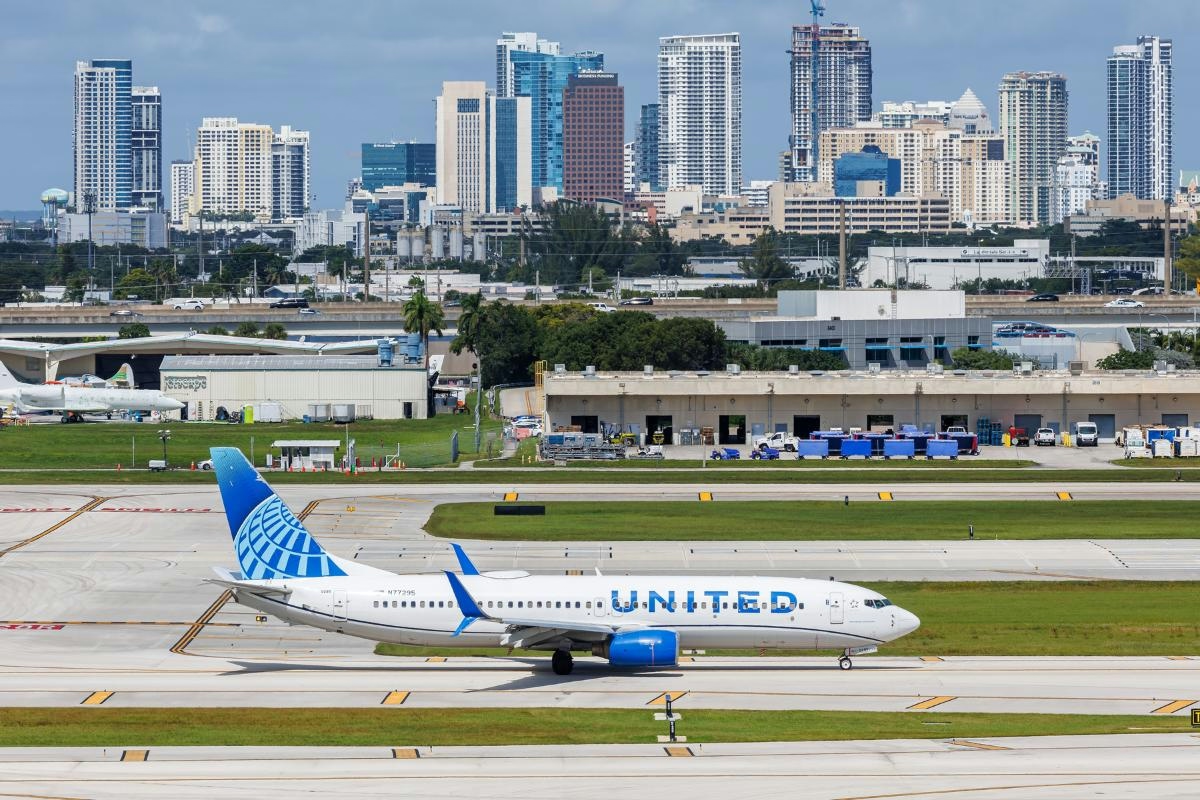
United Airlines Restarts Controversial AI Scheduling for Flight Attendants
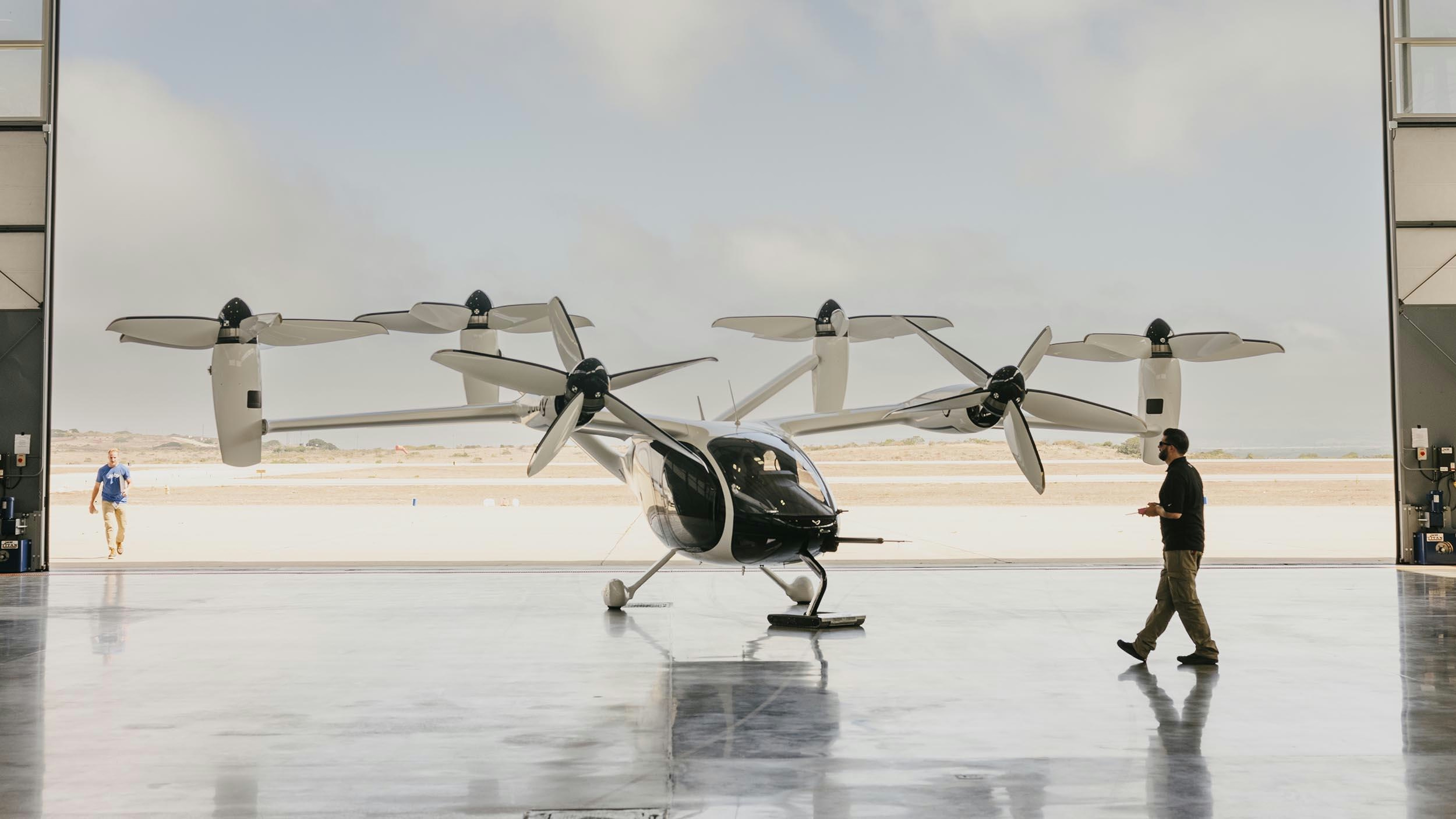
Joby Aviation’s Air Taxis Poised to Change Urban Travel and Tourism
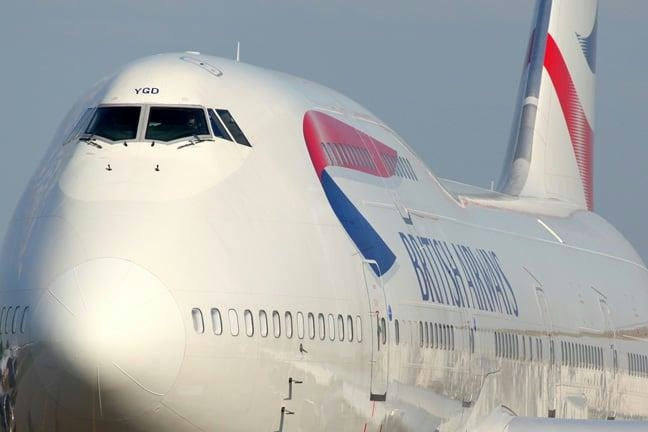
BA Chief Warns AI Agents May Diminish Brand Visibility
